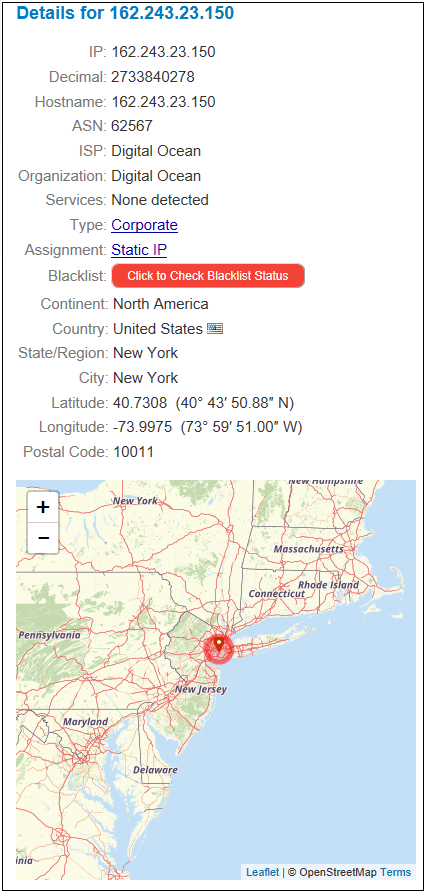

Using our methodology, we collected 30 days of search results from Google Search in response to 240 different queries. In other words, does location-based personalization trap users in geolocal Filter Bubbles? Assessing the relationship between location and personalization is crucial, since users' geolocation can be used as a proxy for other demographic traits, like race, income, educational attainment, and political affiliation. In this paper, we propose a novel methodology to explore the impact of location-based personalization on Google Search results. However, personalization of search results has led to worries about the Filter Bubble Effect, where the personalization algorithm decides that some useful information is irrelevant to the user, and thus prevents them from locating it. To cope with the immense amount of content on the web, search engines often use complex algorithms to personalize search results for individual users. Our results provide new insights into the relations between geography and Internet routing, which allow the network researchers and practitioners to improve their networking infrastructures, reevaluate their routing policies, deploy geography-aware network overlays, and develop more realistic network simulation processes. Our results show that more than two thirds of the intra-AS subpaths are congruent with the shortest geographical distance whether or not geographical distance is employed as a custom parameter in routing decisions. We investigate the relation between the geographical distance and intra-AS routing policies by employing cross-AS (X-AS) Internet topology maps. We present and examine the existence of a strong correlation between the geographical distance and round trip delay time as well as the lack of a correlation between the geographical distance and hop length in the Internet. Our findings not only demonstrate the efficient backbone infrastructures and routing schemes deployed by ASes but also show the consequences of economical incentives on the adoption of inter-AS paths. We show that the ingress-to-egress subpaths have lower circuitousness compared to the end-to-end paths. In this study, we investigate the geographical characteristics of the visible Internet as well as examine the relation between geography and intra-AS and inter-AS routing policies. These ASes connect to each other in different forms to enable the “global” Internet communication.

If you can’t get our tool to work, make sure you are entering a public IP address, not a private one.The Internet is a network of networks consisting of tens of thousands of Autonomous Systems (ASes). These identify your various devices to your router, not the internet at large. Generally, IP addresses that look like 10.x.x.x, 172.16.x.x, and .x are private addresses. These addresses are not unique and entering them here won’t give you any information. However, your router has its own set of private IP addresses it distributes to the devices connected to the internet in your home. Public IP addresses identify your modem on the internet. If you check this tool and it shows a different IP address from what your ISP provides, that means your VPN is working correctly. A VPN masks your public IP address, making it seem like your system is located in a different place. You can also use this tool if you are using a virtual private network (VPN). This is useful if you want to check the approximate location of another connected system, such as a smartphone or even an internet-connected car. Just key in the address in the search bar above. If you have a public IP address that’s not connected to the system you’re using right now, you can check its location. If you don’t see it, just refresh the page. In the search bar at the top of our site, your public IP address is already pre-filled in. There are numerous ways to find your public IP address. Additionally, it also gives information about who controls that IP address, which in most cases will be an internet service provider (ISP) such as Comcast, Verizon, Frontier, etc. This address is just like a home address: it gives information about where that computer is located. If a computer is connected to the internet, it has a public IP address. For example, the default private IP address for many routers is 192.168.0.1. It is represented by four groups of up to three numbers, with each group separated by a period.
#Ip2location state abbreviation series#
An Internet Protocol address is a series of numbers that identify a computer on a network.


 0 kommentar(er)
0 kommentar(er)
